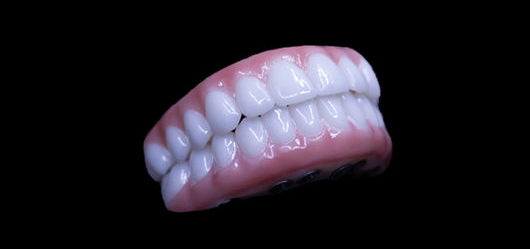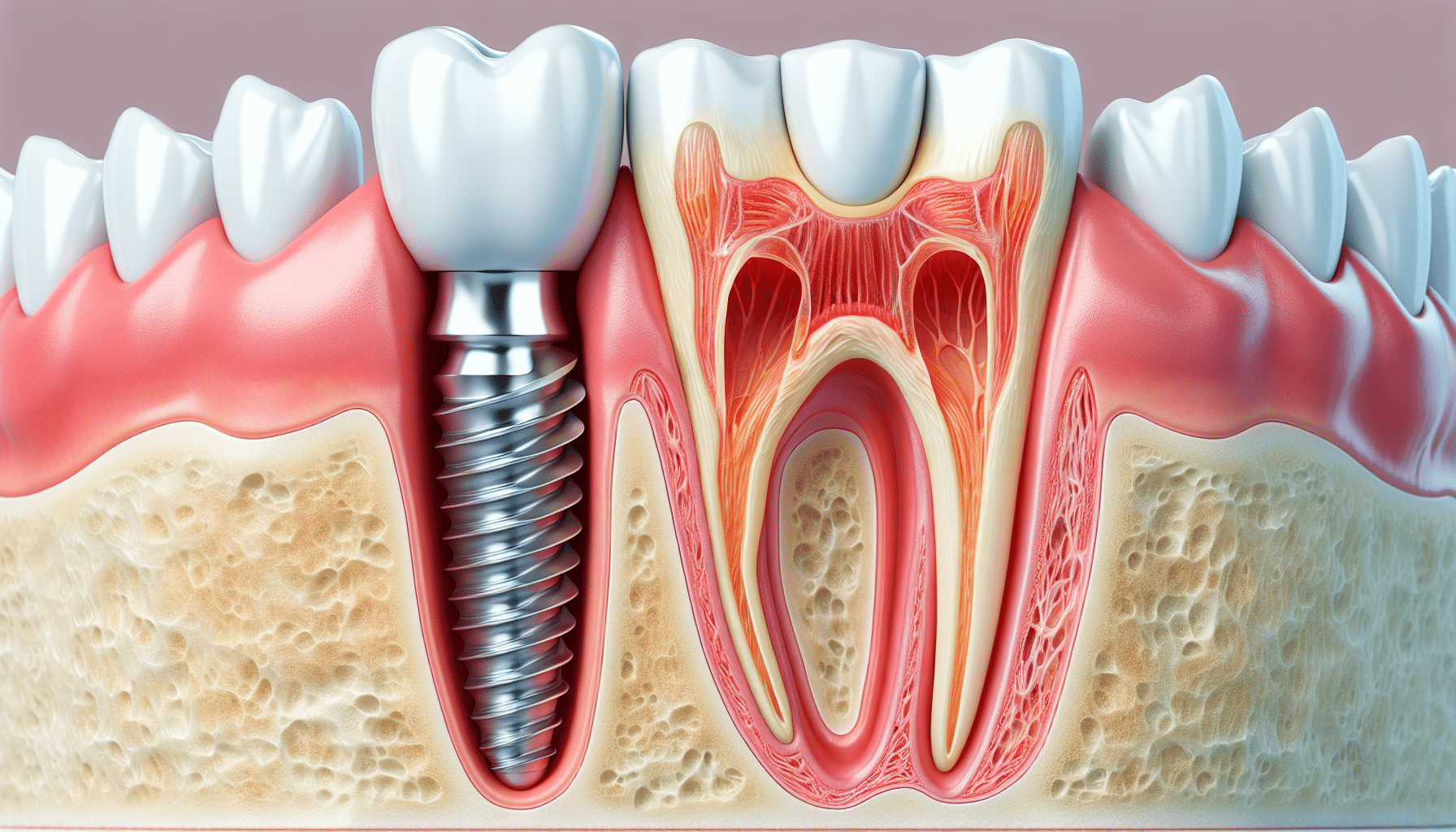The 20-Second Trick For Dental Sense
The 20-Second Trick For Dental Sense
Blog Article
Getting The Dental Sense To Work
Table of ContentsGetting My Dental Sense To WorkHow Dental Sense can Save You Time, Stress, and Money.7 Easy Facts About Dental Sense ExplainedFacts About Dental Sense Revealed
are clinical tools operatively implanted into the jaw to bring back a person's capacity to eat or their appearance. They offer support for man-made (fake) teeth, such as crowns, bridges, or dentures. When a tooth is shed because of injury or disease, an individual can experience difficulties such as fast bone loss, faulty speech, or modifications to chewing patterns that result in pain.Oral implant systems include an oral implant body and dental implant joint and may also consist of a joint fixation screw. Dental implants. The oral implant body is operatively inserted in the jawbone in area of the tooth's origin. The dental implant joint is generally connected to the implant body by the joint fixation screw and expands with gums right into the mouth to support the affixed fabricated teeth
(http://peterjackson.mee.nu/where_i_work#c2504)Structure of The Oral Implant System selecting oral implants, talk to your oral copyright concerning the potential advantages and risks, and whether you are a candidate for the treatment. Points to take into consideration: Your overall health is an essential consider identifying whether you are a good candidate for oral implants, the length of time it will certainly take to heal, and for how long the dental implant might remain in location.
Smoking might influence the healing process and decrease the lasting success of the implant. The healing procedure for the dental implant body may take numerous months or longer, throughout which time you normally have a momentary abutment instead of the tooth. the oral implant procedure: Very carefully follow the oral health directions given to you by your oral copyright.
Not known Incorrect Statements About Dental Sense
Implant failing can lead to the demand for another surgery to take care of or replace the dental implant system. Restores the ability to eat Brings back aesthetic appearance Assists keep the jawbone from reducing as a result of bone loss Maintains the health of the bordering bone and gum tissues Helps keep surrounding (neighboring) teeth steady Boosts lifestyle Damages to bordering all-natural teeth throughout implant positioning Injury to the surrounding cells during surgical procedure, such as sinus perforation Injury during surgery (for example, fracture of bordering jawbone) Inadequate function, such as really feeling like the teeth do not attack with each other normally An experience that the tooth is loose or twisting in position resulting from an abutment screw loosening Implant body failure (looseness of the implant body) because of systemic infection, which may be more probable in people with unchecked diabetes because of local infection in bone and gums supporting the dental implant body because of postponed recovery, which might be much more likely in individuals that smoke Problem cleaning the gum tissues around the dental implant, causing inadequate oral health Unattended gum disease Post-surgical feeling important link numb because of nerve impingement or damages Always notify health and wellness treatment service providers and imaging service technicians that you have dental implants before any magnetic resonance imaging (MRI) or x-ray procedures.
FDA is not familiar with any kind of damaging occasions reported for MRI or x-ray treatments with oral implants. Oral implants systems are typically made of products that adhere to global agreement criteria of the International Company for Standardization (ISO) or ASTM International. These standards have details of what makes a secure material.

A dental implant is a framework that changes a missing tooth. With screw-like tools, the surgeon inserts a dental implant into the jawbone, and it acts as an anchor for a fabricated tooth, called a crown. A device called an abutment attaches the man-made tooth to the oral implant. The crown is personalized to fit the individual's mouth and match the color of their teeth.
Dental Sense - Questions
Some people are not qualified for dental implant surgery. It is for oral specialists to operate individuals with: acute illnessuncontrollable metabolic diseasebone or soft tissue disease or infectionIf these problems are dealt with, a person can have the surgical procedure. In, dental specialists abstain from operating individuals with: If people with any one of the above go through dental implant surgery, there is a greater danger of the implant falling short.

Oral implant surgical treatment is a personalized process. It's not the very same for everyone. However the adhering to gives a general introduction of what you can anticipate your dentist, oral cosmetic surgeon, periodontist or prosthodontist to do: Put the dental implant operatively. Offer you time to recover. Attach the message and final crown, bridge or denture.
Next off, your doctor will carefully position the oral implant right into your jaw. If your implant is near the front of your mouth, your dental professional will make a temporary tooth for you to put on till you heal.
What Does Dental Sense Do?
Your supplier can tell you what to anticipate in your scenario. During the recovery phase, your jawbone must fuse to the dental implant. This procedure, called osseointegration, is vital for stability and long-term success. This process can take anywhere from 3 to nine months. Sometimes, it may take much longer.
When your dental implant heals, your dental professional can affix the abutment (little adapter message) and your final reconstruction (crown, bridge or denture). This typically takes concerning one hour to complete and might call for a second minor surgical treatment. You shouldn't feel any type of discomfort throughout your oral implant procedure due to the fact that your provider will use medicine to numb your gum tissues.
Report this page